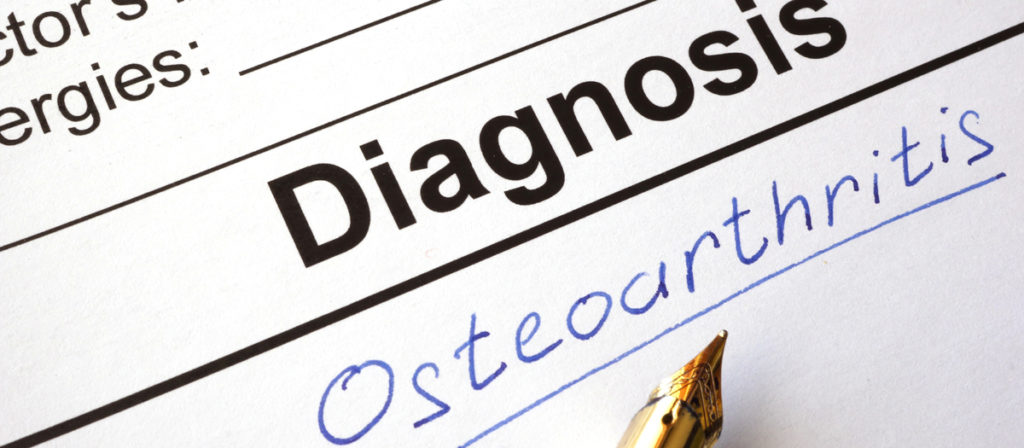Article
Do you feel general pain?
Arthritis is a buzz word coined for joint pain, however rarely is a difference delineated between the two different types of arthritis: Osteoarthritis and Systemic Arthritis. These forms of arthritis stem from different causes and are treated with different approaches. According the Centers for Disease Control and Prevention (CDC), it is estimated that Osteoarthritis affects an estimated 27 million Americans and develops later in life, whereas rheumatoid arthritis affects an estimated 1.3 million Americans and generally develops in patients anytime between the ages of 30 and 60 years old.
Osteoarthritis: As we age, normal wear-and-tear of our weight-bearing joints can often cause pain. Cartilage is the tissue between joints that provides cushioning between bones and allows for smooth gliding of bones. Repetitive activities place continuous pressure on those same joints which may erode the cartilage. Furthermore, previous injuries that did not heal properly, increase the risk of developing osteoarthritis. Symptoms include:
- Joint pain and stiffness usually affecting hands, fingers or knees
- Joints on one side affected worse than on the other side
- Morning stiffness lasting fewer than 30 minutes
- Possible spine and hip pain as well
Systemic Arthritis: Systemic arthritic (also called rheumatoid or psoriatic arthritis, depending on the location of the pain) is triggered by an autoimmune disorder whereby harmful antibodies are produced that attack the healthy joint tissue in patients. The triggering factors for systemic arthritic conditions are thought to be genetic, environmental, hormonal, and even certain lifestyle factors like smoking and obesity. Symptoms include:
- Joint pain, stiffness, swelling affecting multiple joints
- Symmetrical symptoms affecting both sides of the body
- Morning stiffness lasting longer than 30 minutes
- Additional symptoms like fatigue, fever, and malaise
Common Treatments:
- Thorough physical exam: Treatment generally begins with a visit to the family doctor or the physical therapist. A proper physical evaluation combined with the patient’s medical history will help to distinguish the proper course of action.
- Imaging: The patient is often required to get medical imaging (ex: X-ray or MRI) performed to evaluate the joint surfaces.
- Bloodwork: If signs and symptoms appear to be more consistent with a Systemic Arthritis, the patient is generally referred to a rheumatologist to undergo blood work and evaluation to properly diagnose. Systemic Arthritis generally requires medicinal interventions.
- Physical Therapy is generally prescribed for patients with both Osteoarthritis or Systemic Arthritis. Physical therapy can help alleviate stress on joints by increasing flexibility and strengthening muscle surrounding the joint which will ultimately reduce pain.
- Targeted Exercise: Believe it or not, a few simple exercises may quickly and effectively reduce pain and improve mobility.
If you think you have Osteoarthritis or Systemic Arthritis, call your physician or physical therapist to get an evaluation; a few simple exercises may be the difference between living with constant pain or doing the things you want to do!
HARTZ Physical Therapy has 4 convenient locations in Lancaster County and most insurances do not require a physician’s referral to be treated. Don’t live another day in pain! Call today!

